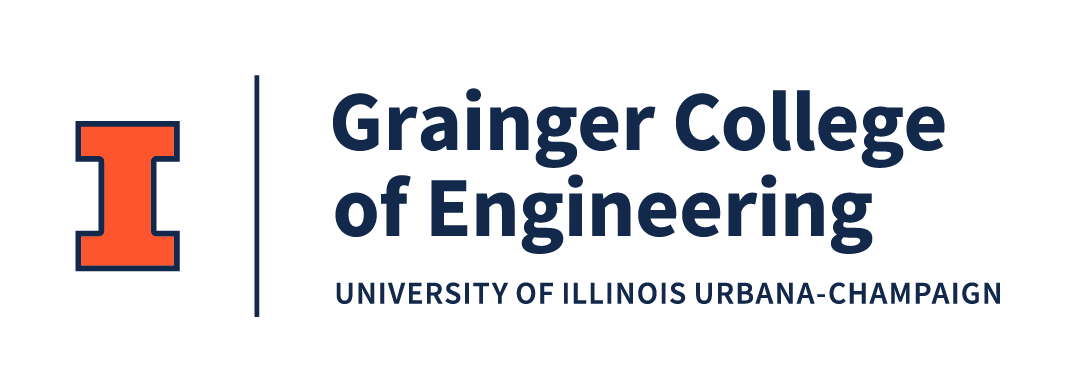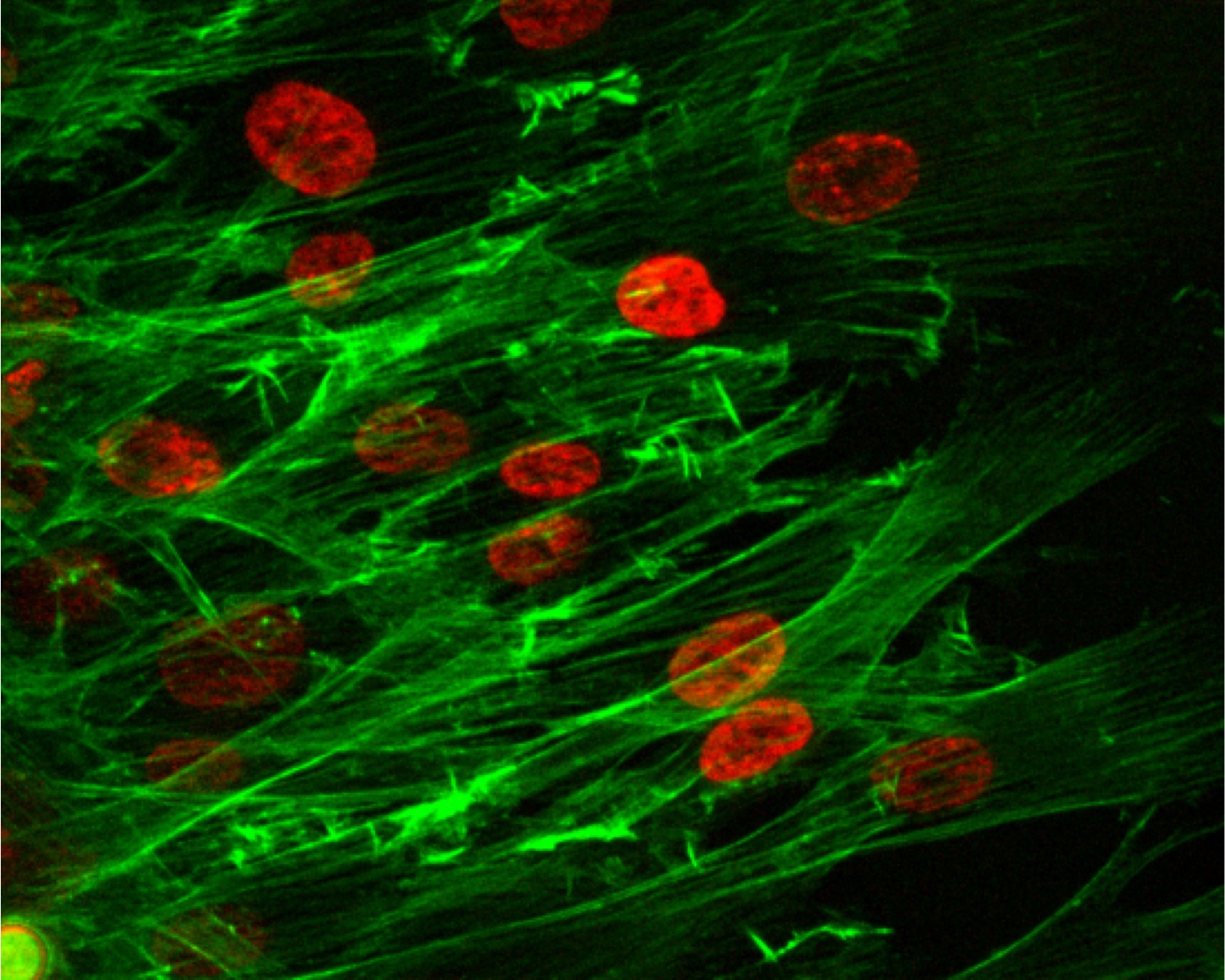Our work on massive migration of fibroblasts is published in the Journal of Royal Society Interface.
Effects of dynamic matrix remodelling on en masse migration of fibroblasts on collagen matrices
Abstract
Fibroblast migration plays a key role during various physiological and pathological processes. Although migration of individual fibroblasts has been well studied, migration in vivo often involves simultaneous locomotion of fibroblasts sited in close proximity, so-called ‘en masse migration’, during which intensive cell–cell interactions occur. This study aims to understand the effects of matrix mechanical environments on the cell–matrix and cell–cell interactions during en masse migration of fibroblasts on collagen matrices. Specifically, we hypothesized that a group of migrating cells can significantly deform the matrix, whose mechanical microenvironment dramatically changes compared with the undeformed state, and the alteration of the matrix microenvironment reciprocally affects cell migration. This hypothesis was tested by time-resolved measurements of cell and extracellular matrix movement during en masse migration on collagen hydrogels with varying concentrations. The results illustrated that a group of cells generates significant spatio-temporal deformation of the matrix before and during the migration. Cells on soft collagen hydrogels migrate along tortuous paths, but, as the matrix stiffness increases, cell migration patterns become aligned with each other and show coordinated migration paths. As cells migrate, the matrix is locally compressed, resulting in a locally stiffened and dense matrix across the collagen concentration range studied.

